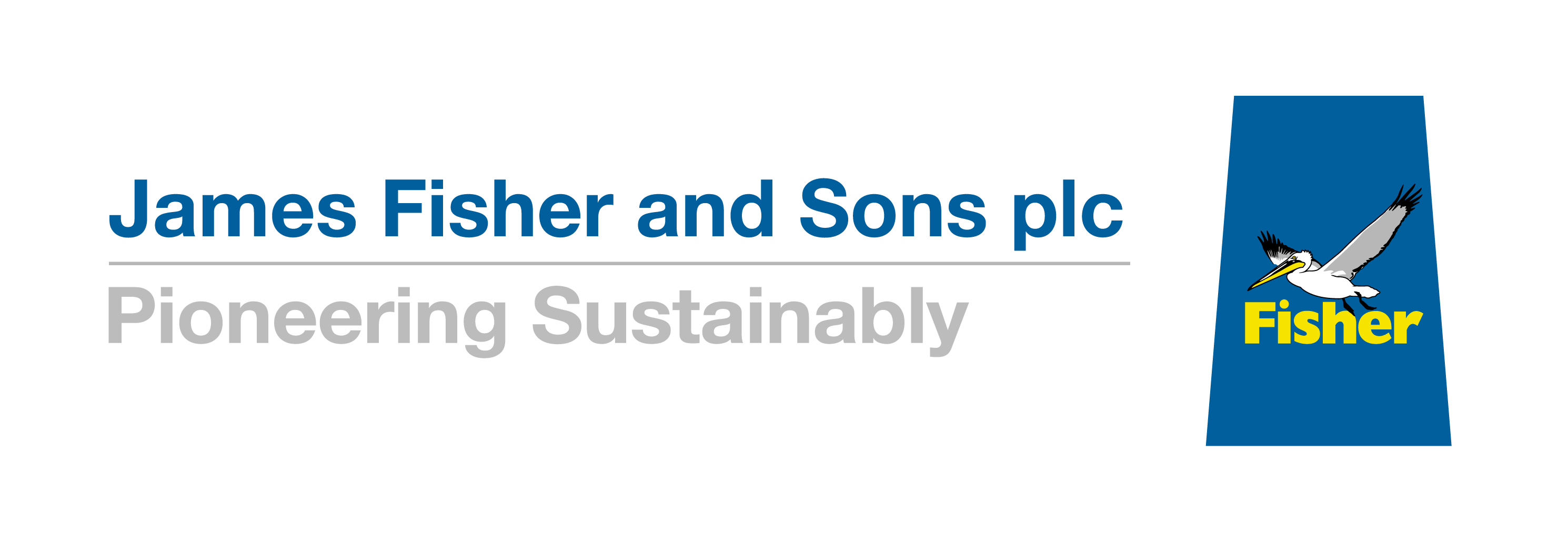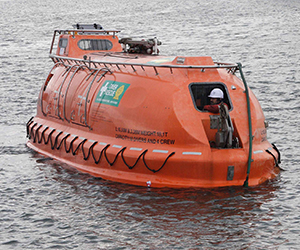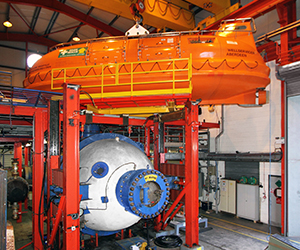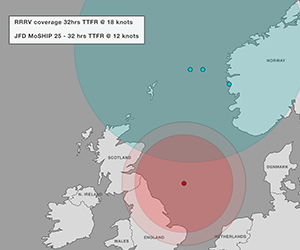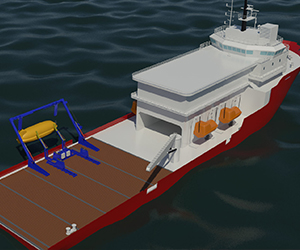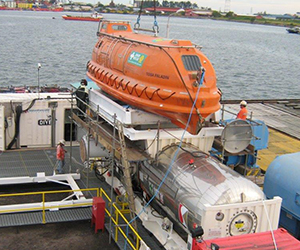- Products
- Commercial divers’ equipment
- Compasses and watches
- Defence divers’ equipment
- Diving instrumentation
- Electrical diving equipment
- Escape and abandonment
- Gas and fluid systems
- Medical and safety equipment
- Recompression chambers
- Submarine intervention
- Submarine rescue
- Tactical Diving Vehicles
- Ansti testing equipment
- Services
- Consultancy and personnel
- Engineering services
- Rescue and support
- Testing services
- Training services
- Ancillary dive gear
- Commercial equipment and tools
- Commercial helmets, masks and SCUBA
- Commercial rebreathers
- Commercial surface supply
- Diver's suits and harnesses
- Contaminated water diving system
- BIBS manifold block
- Divex back pressure regulator
- Divex interlock
- Hy-Fex hyperbaric fire extinguisher
- Hyperbaric flame detector
- Hyperlite hyperbaric stretcher
- Oxygen kits
- Ultralite 2 BIBS mask
- InVicto ventilator system
- DSAR rescue vehicles
- Launch and recovery systems
- Multi-role launch and recovery system
- Submarine rescue bell
- Client representatives
- Dive and ROV system audits
- Diving technical expertise
- Offshore personnel
- Rescue certification
- Remote audit solution
- Altitude testing and trials
- Hyperbaric welding
- Pressure testing and trials
- Test tank
- Breathing laboratory
- Commercial development courses
- Defence training courses
- Medical training courses
- Product specific courses
- Online training courses
- Classroom training FAQ
- Case Study: Roger Chapman Pisces III
- Case Study: HMS Edinburgh
- ANSTI CSTF
- Akademik Tofiq Ismayilov (ATI)
- Archive
- JFD strengthens Commercial Diving business with leadership appointments
- JFD unveils new product concept ‘Stealth Multi-Role’ at key industry events
- JFD North America enhances US Navy Submarine Rescue capabilities with advanced Integrated Communication System
- JFD successfully integrates and delivers advanced submarine rescue system for Republic of Korea Navy
- Archive
- Divulged - Winter 2017
- Divulged - Summer 2017
- Divulged - Winter 2016
- Divulged - Summer 2018
- Divulged - Winter 2018
- Divulged - Winter 2019
- Divulged 2021 Edition 1
- UDT 2019
- Visit JFD at UI 2016
- Visit us at OTC Asia 2018
- Visit JFD on stand 338 at Underwater Intervention 2018
- JFD is exhibiting at ONS 2018
- JFD is exhibiting at OSEA 2018
- Join JFD at IDEX 2019
- See JFD at Subsea Expo 2019
- JFD takes on BALT Military Expo
- JFD presents complete defence offering at UDT 2018 in Glasgow
- Join JFD at ADIPEC 2018
- Visit JFD at Pacific 2017
- Visit JFD at MSPO 2018 in Poland
- JFD presenting at UDT conference
- JFD is exhibiting alongside James Fisher Nigeria at NOG
- JFD exhibiting at UDT 2016
- Visit JFD at Underwater Intervention 2019
- JFD is participating at Underwater Defence & Security
- See JFD at this year’s IMCA Annual Seminar
- JFD is exhibiting at LAAD Defence & Security 2019
- JFD LEXMAR is exhibiting at OSEA 2016
- JFD is exhibiting at Subsea Expo 2017
- Visit JFD at Indo Defence 2018 Expo and Forum
- Visit JFD on stand 403 at Underwater Intervention 2017
- JFD exhibiting at Europoltech
- JFD at IMDEX
- Visit JFD at UDT 2017
- Visit JFD at DSEI 2017
- JFD is exhibiting at OTC 2018
- JFD is exhibiting at Subsea EXPO 2018
- JFD is exhibiting at Sea Air Space 2018
- Visit JFD at DSA 2018
- See JFD at Defexpo 2018
- JFD is exhibiting at ADIPEC 2017
- Come see JFD at DSEI!
- See JFD at IMDEX Asia 2019
- JFD is at Oil & Gas Asia 2019
- Experience DSEI with JFD
- See JFD's full defence capability at MSPO 2019
- JFD is exhibiting at this year's Offshore Europe
- Visit us on stand 2S16 at Pacific
- See JFD at ADIPEC on stand 13572
- Explore our commercial capabilities at Bergen International Diving Seminar
- JFD showcasing commercial and defence capabilities at Underwater Intervention
- JFD exhibiting alongside James Fisher Offshore at Subsea Expo
- Visit our stand at DSEI 2021!
- Join JFD at Subsea Expo 2022
- Visit JFD Australia at Indo Pacific 2022
- JFD North America is exhibiting at SOFIC 2022
- Experience CNE 2022 with JFD
- Discover JFD at UDT 2022
- Join JFD at GSOF Symposium Europe this October

Global hyperbaric rescue service
Global hyperbaric rescue service (GHRS) is a JFD initiative, to provide the international commercial diving industry with diver safety critical emergency hyperbaric rescue services.
Globally, wherever saturation diving takes place, there must be a hyperbaric evacuation plan (HEP) and hyperbaric rescue facilities (HRF). However, it is arguably the case that none yet meet the full requirements of the International Association of Oil & Gas Producers (IOGP) report No. 478.
The GHRS will fill these gaps and effect asset sharing and partnering to provide a broad, cost effective solution.
One element of the GHRS is recovery of a self-propelled hyperbaric lifeboats (SPHL) in the event of a hyperbaric evacuation, and rapid transit to the designated port of safe haven. For the UKCS (United Kingdom Continental Shelf) SPHL-R the guaranteed time to first rescue (TTFR) is 32 hours, as shown in the timeline below.
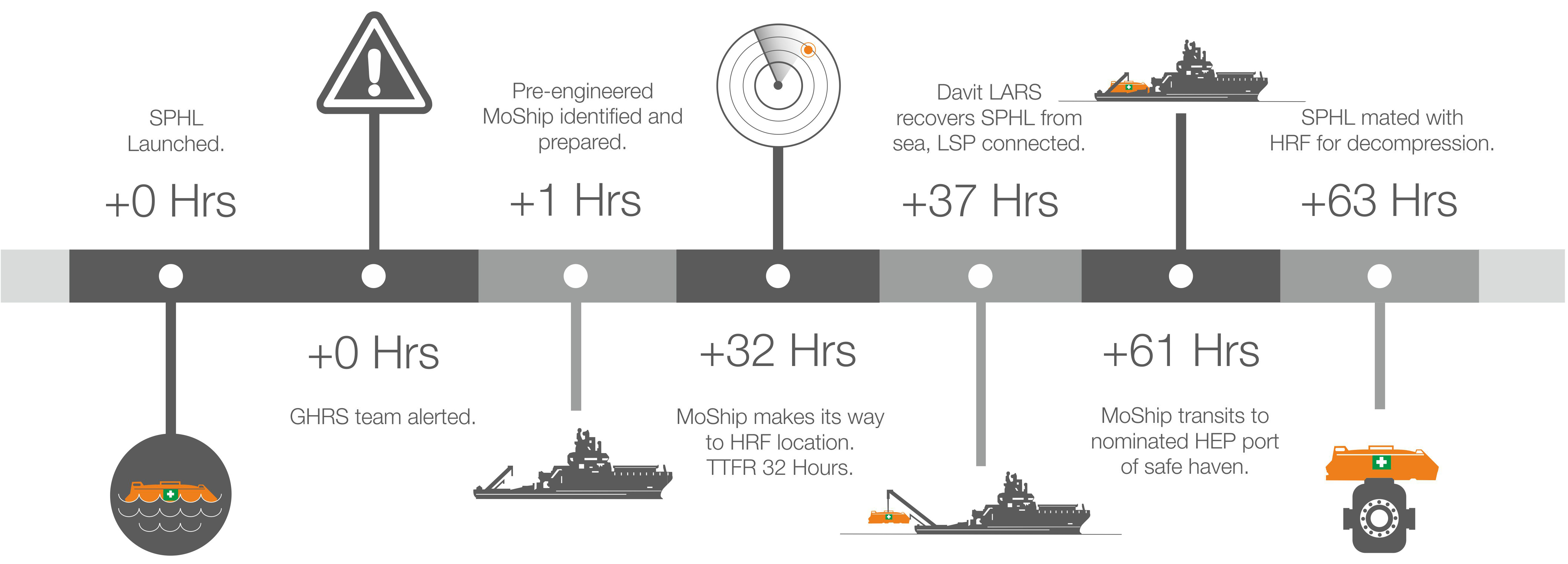
|
|
|
There has been significant progress in the last 10 years, but the industry is still not there yet. IOGP Report No. 478 lays out the requirements for hyperbaric rescue and evacuation planning, while IMCA D052 and D053 offer guidance. Interpretations of the requirements vary by region and environmental conditions, made up of a mixture of:
|
|
|
|
|
- A JFD managed global hyperbaric rescue service, operated in conjunction with the submarine rescue service to benefit from its infrastructure and synergies.
- Rational industry sharing of HRF and LSP assets managed by JFD.
- Cost effective approach enabling savings to be made by both contractors and operators.
|
|
|
|
|
SPHL recovery to portThe UK HRS will have four SPHL Davit LARS (Launch and Recovery Systems). Three of these will be located at ports in:
The fourth will be a “floating” system for backup and training. In the event of an SPHL launch, a Davit LARS recovery system will be deployed on to pre-engineered “MOSHIP” vessels of opportunity. The MOSHIP will be able to leave port to recover an SPHL within 24-hours of an emergency being declared. |
MOSHIPsThe MOSHIP vessel will rendezvous with the SPHL and recover it onboard. The Davit LARS system can recover and accommodate two 24 man SPHLs if necessary. Once safely out of the water, the SPHL will be connected to the onboard LSP (Life Support Package). The LSP will maintain a sustainable environment for the divers, and extend the time available for the MOSHIP to return to quayside and SPHL transfer to the HRF. In some circumstances, the HRF may be onboard the MOSHIP, enabling earlier decompression of the divers. |
|
HRFsThe UK HRS will have four HRFs (Hyperbaric Reception Facilities):
Transfer of all occupants from the SPHL to the designated HRF will be achieved within a maximum of 54 hours. Each of the portable HRFs will have a dedicated decompression-capable Life Support System (LSP), generator, medical support container and workshop container. |
|
|
|
There has been significant progress in the last 10 years, but the industry is still not there yet. IOGP Report No. 478 lays out the requirements for hyperbaric rescue and evacuation planning, while IMCA D052 and D053 offer guidance. Interpretations of the requirements vary by region and environmental conditions, made up of a mixture of:
|
|
|
|
|
- A JFD managed global hyperbaric rescue service, operated in conjunction with the submarine rescue service to benefit from its infrastructure and synergies.
- Rational industry sharing of HRF and LSP assets managed by JFD.
- Cost effective approach enabling savings to be made by both contractors and operators.
|
|
|
|
|
SPHL recovery to portThe UK HRS will have four SPHL Davit LARS (Launch and Recovery Systems). Three of these will be located at ports in:
The fourth will be a “floating” system for backup and training. In the event of an SPHL launch, a Davit LARS recovery system will be deployed on to pre-engineered “MOSHIP” vessels of opportunity. The MOSHIP will be able to leave port to recover an SPHL within 24-hours of an emergency being declared. |
MOSHIPsThe MOSHIP vessel will rendezvous with the SPHL and recover it onboard. The Davit LARS system can recover and accommodate two 24 man SPHLs if necessary. Once safely out of the water, the SPHL will be connected to the onboard LSP (Life Support Package). The LSP will maintain a sustainable environment for the divers, and extend the time available for the MOSHIP to return to quayside and SPHL transfer to the HRF. In some circumstances, the HRF may be onboard the MOSHIP, enabling earlier decompression of the divers. |
|
HRFsThe UK HRS will have four HRFs (Hyperbaric Reception Facilities):
Transfer of all occupants from the SPHL to the designated HRF will be achieved within a maximum of 54 hours. Each of the portable HRFs will have a dedicated decompression-capable Life Support System (LSP), generator, medical support container and workshop container. |

